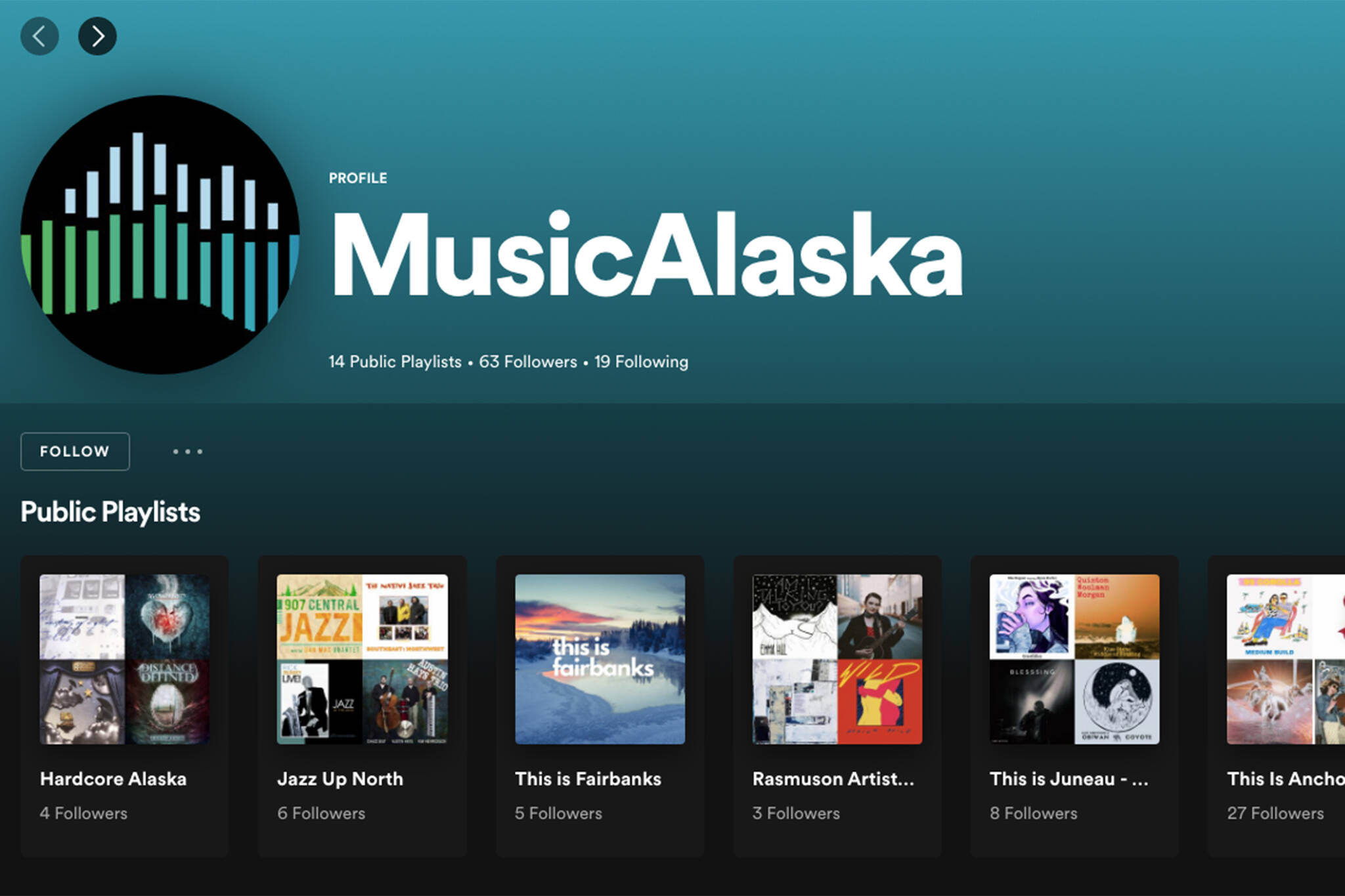Music, regardless of the time or talent put into it, isn’t guaranteed an audience.
And that can be gutting for independent artists who pour resources and emotion into projects that wind up being heard by only a few hundred people online, said Marian Call, a Juneau-based singer-songwriter, during the Alaska Music Summit, which was held Saturday in the Juneau Arts & Culture Center in Alaska’s capital city.
“The algorithm is hard on all of us,” Call said, while addressing the annual gathering of people directly and tangentially involved in making Alaska’s music scene.
But Call, who is part of the teams behind multiple statewide projects that aim to connect and promote Alaska music, said she hopes a burgeoning effort can change that.
[Keynote speakers: Summit celebrates Alaska’s diverse musical ecosystem]
The Alaska Playlist Project from nonprofit MusicAlaska is currently mostly a web of over a dozen ever-growing Spotify playlists by Alaska artists — defined as being part of the Alaska music scene at the time a song was released — that aims to put music made by Alaskans into more homes and public spaces. There’s also a YouTube channel, but there are dozens, if not hundreds, more songs included on the playlists.
Some playlists are defined by genre — for example, “Hardcore Alaska” —and others artists’ hometown —“This is Juneau-Alaska Music Channel.” The playlist project also allows for listeners and artists to submit songs in an effort to feature as much Alaska music as possible.
“Please add yourself to that website,” said Kat Moore, an Anchorage-based performer, composer and educator, to the summit’s crowd. “This is a way to share your music right now, right here.”
Criticism of Spotify — mostly over the amount the streaming behemoth compensates artists — is widespread enough to have its own (neutrality disputed) Wikipedia page, and Call said in a brief interview that she completely understands why some choose to avoid the service.
Still, she said, it’s a widespread, easily accessible platform for music, it was a “doable thing” during the COVID-19 pandemic and it allows for playlists. Call envisions those playlists being a curated way for Alaskans to discover music during a day at home as well as possibly a future soundtrack for bus rides to the Mendenhall Glacier as a way of exposing boatloads of visitors to Alaska music.
Plus, the hope is that bringing disparate parts of the Alaska music scene under one umbrella can lead to an algorithmic feedback loop where listening to one Alaska artist means being recommended another Alaska artist and then another.
“They’re using us,” Call said. “So why aren’t we using them?”
Moore, who said her experience with the playlists is mostly as a listener rather than an artist, called the playlists “magical” in an interview. But said they’re not the MusicAlaska project she’s most excited about.
That would be the not-yet-launched directories of artists and bands in Alaska and music-related businesses.
“Even though they are massive data projects, we have put in a lot of hours and are almost ready to launch them,” Call said to the crowd.
Like the playlists, the directories would allow artists to submit —or correct —information to present the most comprehensive listing of the Alaska musical artists possible.
That’s something that Moore said can further connect a far-flung music community, and it provides an easy way for musicians to make the world aware of their existence.
“That is huge,” Moore said. “Becoming visible without barring factors.”
• Contact Ben Hohenstatt at bhohenstatt@juneauempire.com or (907)308-4895. Follow him on Twitter at @BenHohenstatt.

